Which countries pay the most and least for bread and why?
Revealed: the cost of a loaf around the world today
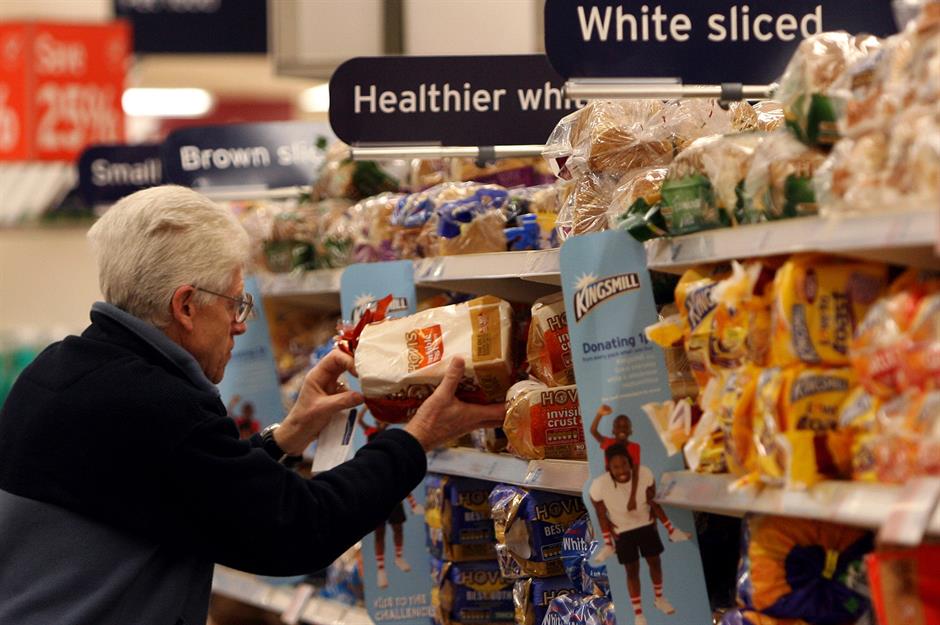
Are you parting with more dough for your daily bread than you'd like? You're far from alone – in fact, the price of the staple has risen all around the globe. Lingering COVID supply-chain disruptions, the war in Ukraine and extreme weather events have upended wheat and other grain markets, constraining supply and pushing up prices. In the meantime, soaring costs of energy, labour and the other ingredients that go into making bread have all taken a bite out of its affordability.
In light of this, read on for the average price of a standard loaf of white bread (17.6 oz/500g) in 25 selected countries, based on data collated by cost of living website Numbeo on 21 February 2025.
All dollar amounts in US dollars
Egypt: $0.63 (£0.50)
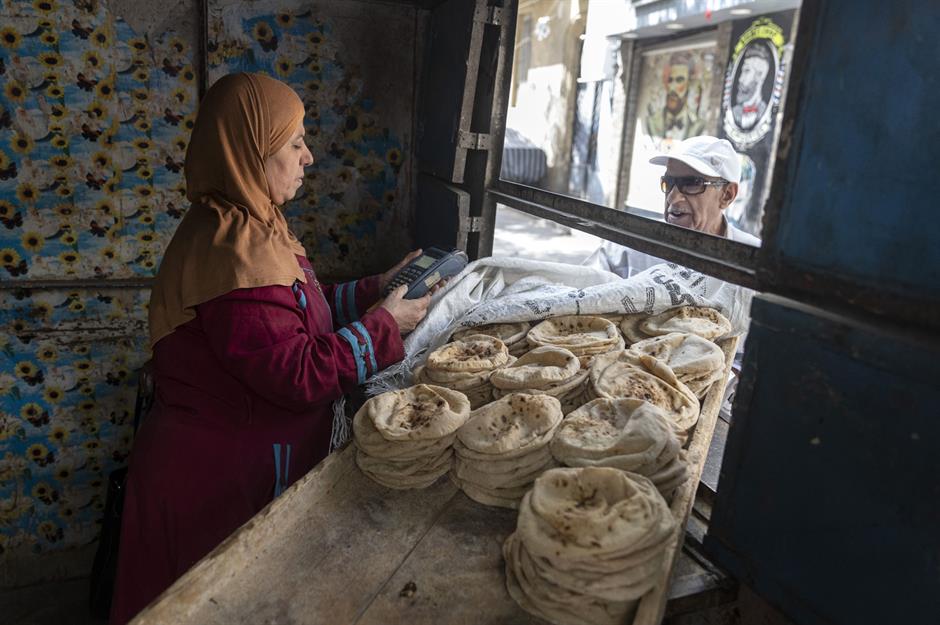
The Egyptian Arabic word for bread also means life, and the basic is an absolutely essential part of the nation's diet. In fact, Egyptians consume more bread than any other nationality featured in this round-up, getting through a staggering 331Ibs to 375Ibs (150kg to 170kg) per person per year, roughly double the global average.
Bread prices in the nation are super-affordable by global standards since they're massively subsidised by the Egyptian government, and 60% of the population relies on this cheap form of sustenance. However, last year, the authorities hiked the price of subsidised bread for the first time since 1989, raising it four-fold. This decision was driven by the country's heavy reliance on wheat imports. Egypt is the world's leading importer of the grain, and almost 85% of the wheat it imports comes from Ukraine and Russia. This supply line has been severely disrupted by the war in Ukraine, while the weakening Egyptian pound has also served to inflate costs.
South Africa: $0.96 (£0.76)
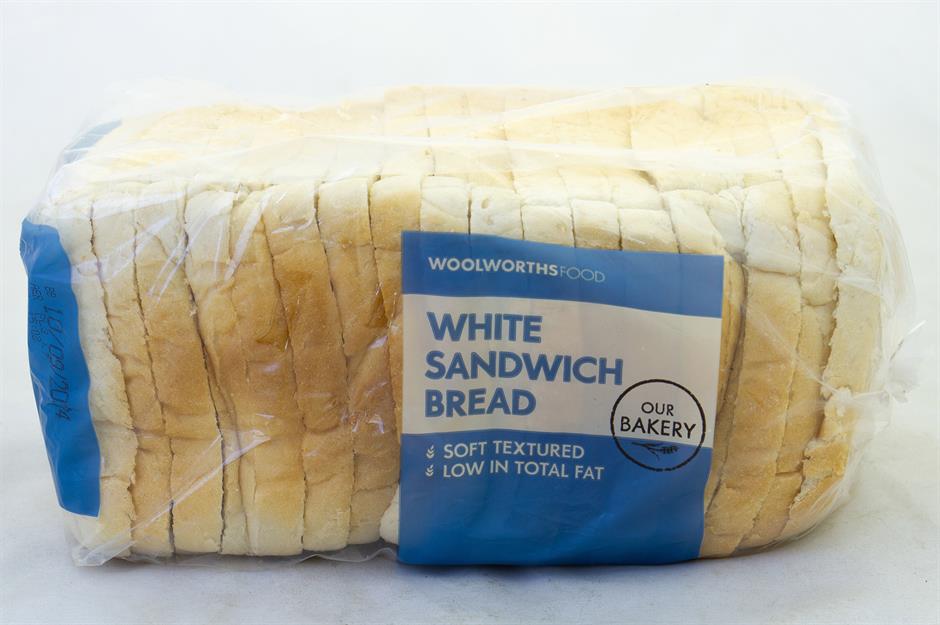
The price of bread in South Africa is also cheap from an international standpoint but it too has shot up in recent years. According to the Pietermaritzburg Economic Justice and Dignity Group, which tracks the cost of basic food items, the price of a white loaf surged by over 38% between 2017 and 2024.
This hefty price rise is due to several overlapping factors, from COVID supply-chain disruptions and the war in Ukraine's impact on global wheat markets, to general inflation, increasing production costs and climate change-related droughts and heatwaves, which have strained domestic grain supplies.
Spain: $1.38 (£1.09)

In September last year, bread saw a 2% VAT increase when the Spanish government ended its zero tax rate on basic foods, which was implemented in January 2023 to help shoppers cope with rising prices. Nonetheless, the cost of a white loaf in Spain compares very favourably with other European countries.
The Spanish have long been used to low prices for the staple. Price wars between bakeries and supermarkets have fostered a highly competitive market, maintaining low costs, even as droughts and rising expenses have impacted domestic wheat production, and the war in Ukraine has harmed imports of the grain.
UAE: $1.39 (£1.10)

In the past, the government of the UAE has responded to rising bread prices by periodically subsidising the staple, which has helped keep costs down for households. Other moves include Dubai's Bread for All initiative. Launched by the Emirate's ruler in 2022, it provides free bread to those on low incomes via 10 vending machines dotted around Dubai.
On top of this, the UAE authorities recently banned retailers from increasing the prices of nine basic goods, including bread and wheat, without government approval. The measure is being strictly enforced to ensure prices stay low.
Colombia: $1.42 (£1.13)
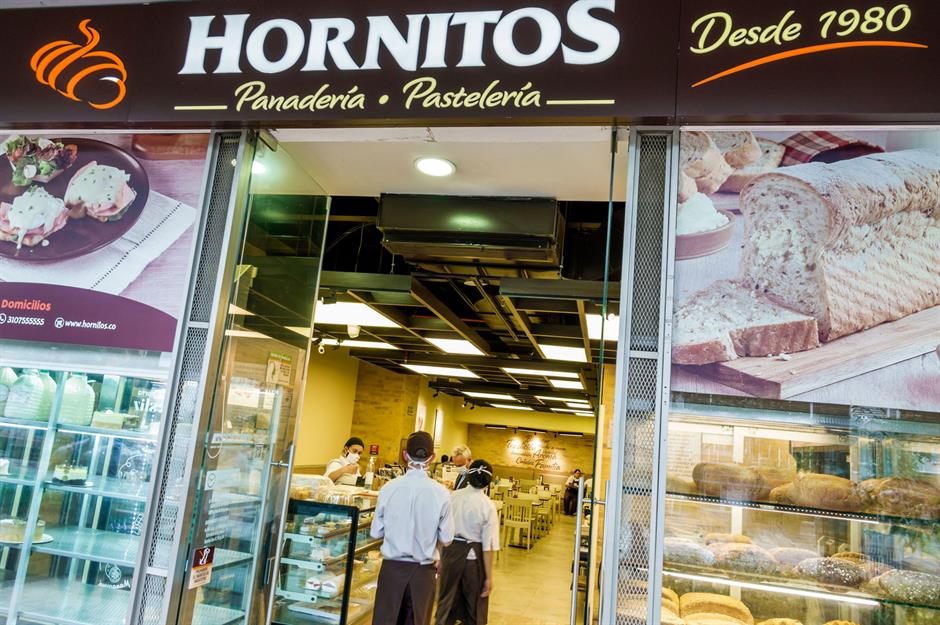
The cost of a white loaf remains low in Colombia from a global perspective and ranks among the cheapest in Latin America, with only Bolivia and Paraguay having lower bread prices in the region. But costs have been under strain of late.
Higher prices for raw materials and electricity coupled with tax rises have resulted in higher prices for the customer. However, bakeries in the country have lowered their profit margins and engaged in other cost-cutting measures to help mitigate the impact, according to newspaper El Colombiano.
Chile: $1.54 (£1.22)
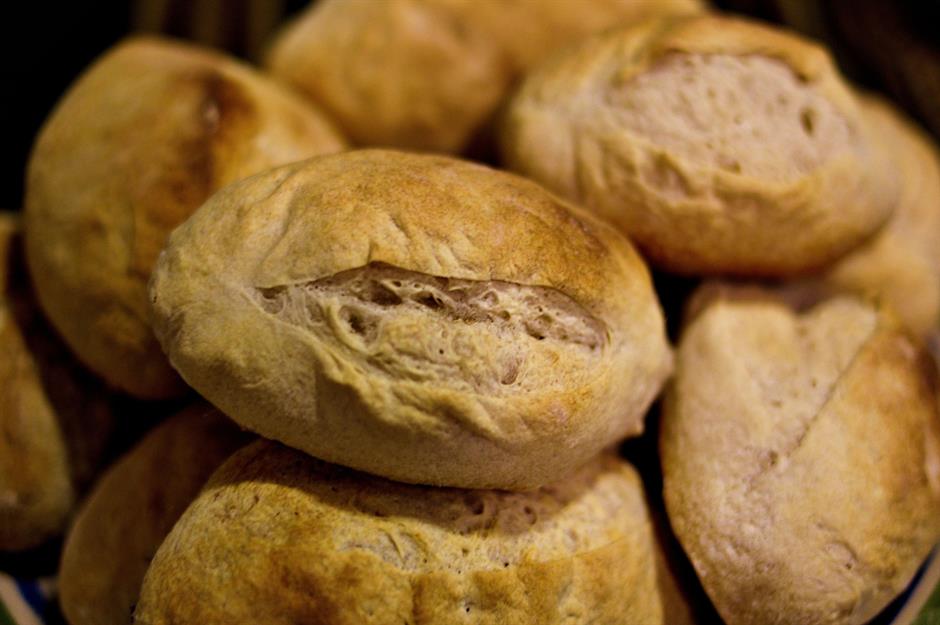
Chileans are among the world's biggest bread consumers, munching through 198lbs (90kg) per person annually, the equivalent of 180 standard loaves. This high consumption rate contributes to lower prices thanks to economies of scale.
Still, the price of a regular loaf of hallulla or marraqueta bread has almost quadrupled over the past 20 years and skyrocketing electricity costs have further driven up prices, as reported by La Cuarta newspaper. Other factors that have impacted costs include an increase in the minimum wage and the implementation of a 40-hour working week.
UK: $1.58 (£1.24)
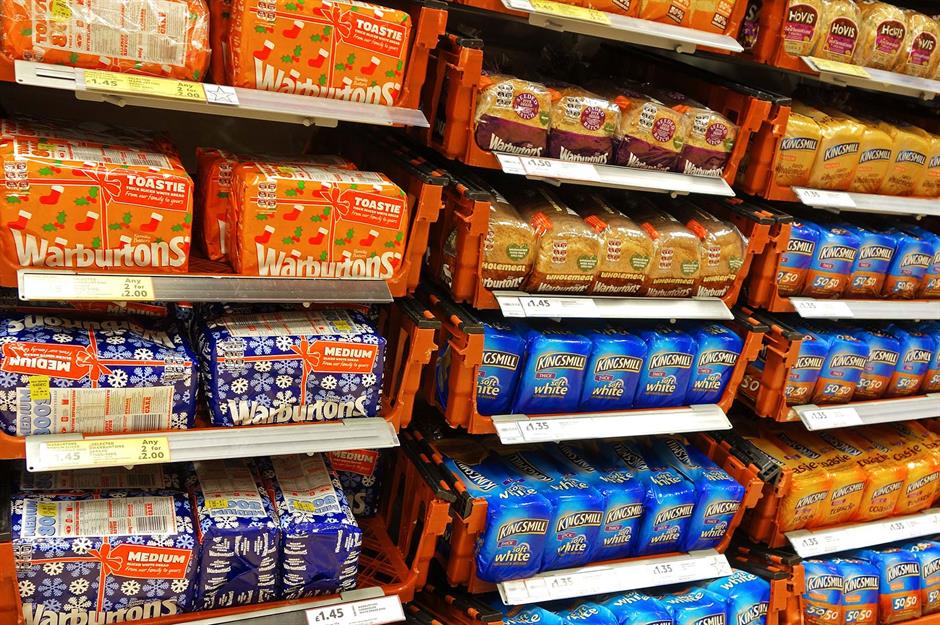
Bread prices spiked by as much as 67% in the UK last year. An impressive 87% of the wheat processed in the country is homegrown, so the war in Ukraine has had less of an impact on rising costs since Britain isn't dependent on imports. Higher outlays for energy, staff, fertiliser, other bread ingredients and so on have played a bigger role in driving up prices for shoppers.
That said, bread remains remarkably affordable in the UK compared to other advanced economies. This is largely due to intense competition among supermarkets, which fight it out to offer the most affordable loaves. And regular white bread is often sold as a loss leader, meaning its price is kept artificially low to reel in shoppers.
New Zealand: $1.87 (£1.47)
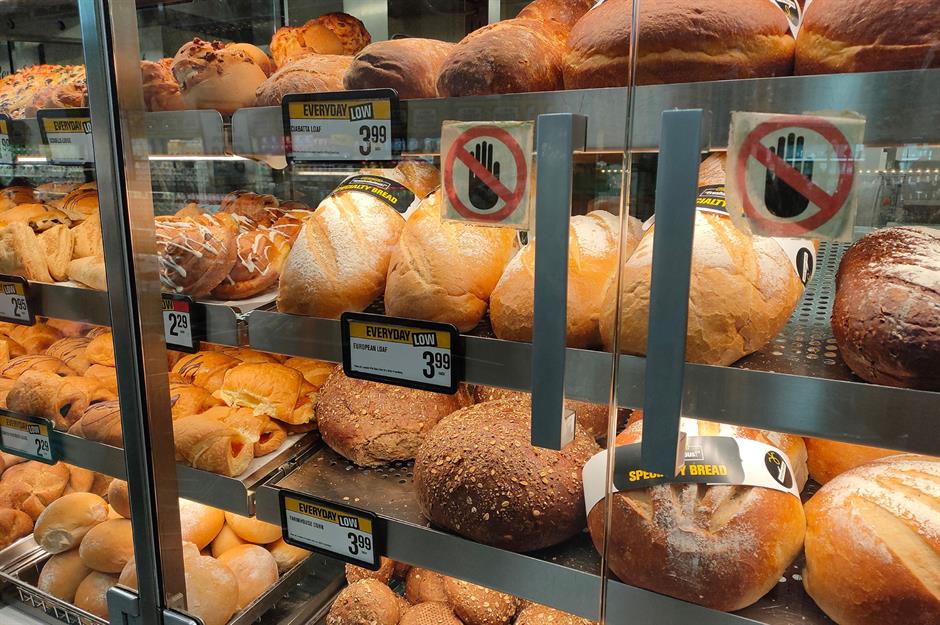
While supermarket competition is nowhere near as strong in New Zealand, the major players go head-to-head to offer the cheapest bread prices. This can be traced back to a 2014 price war between Countdown, New World, Pak'nSave and other Kiwi supermarkets, according to news site Newsroom.
However, as is the case in the UK, prices have risen markedly over the past few years as climbing costs for flour, transportation, labour and other inputs have inflated production expenses, which have in turn been passed on to consumers.
France: $1.88 (£1.49)
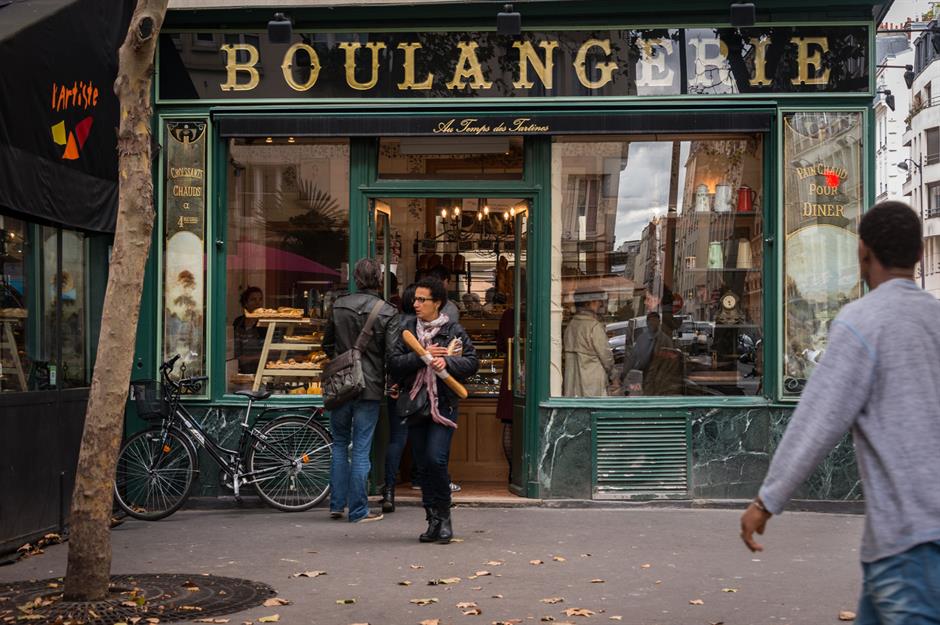
The baguette is a sacred institution in France and bread is comparatively affordable in the country. This is due to a variety of reasons, including the fact French shoppers tend to buy fresh loaves on a daily basis, which maintains a high demand and supports a thriving network of local bakeries. Plus, France is the world's fifth-biggest wheat producer, ensuring an abundant domestic supply of the grain.
Additionally, the French government has pulled out all the stops to keep prices low amid rising production costs, including providing bakeries with subsidies and tax breaks.
Ireland: $1.93 (£1.53)
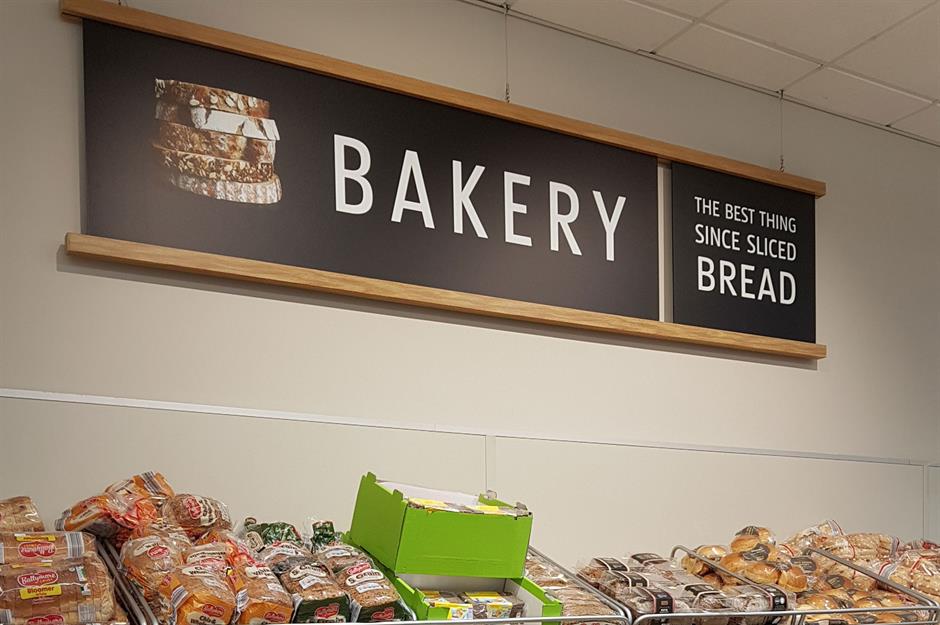
Ireland's damp climate isn't all that suitable for growing the high-quality wheat used in bread-making and the nation imports 69% of its flour from the UK, according to the Irish Farmers Journal. But while bread prices are generally higher in Ireland than in Britain, they're still pretty affordable.
Again, this can be attributed to supermarket competition, which is very healthy in the country. For instance, when food inflation was raging in 2023, retailers including Tesco, Lidl and Aldi made a point of slashing bread prices to attract and retain customers under increased financial pressure.
Germany: $2.00 (£1.59)

Germany is one of the world's leading wheat growers and actually exports more bread and bakery products than any other country. But the war in Ukraine has hammered bakers in the nation, who have been struggling with sky-high gas and electricity prices and other increased costs. A slew of bakeries have had to close for good, and bakers have even taken to the streets to protest.
Despite these challenges, the typical cost of a white loaf is still relatively affordable in Germany, though prices have risen significantly. This probably has a lot to do with the prevalence of discount food retailers in the country, which birthed global cut-price leaders Lidl and Aldi.
Argentina: $2.09 (£1.66)
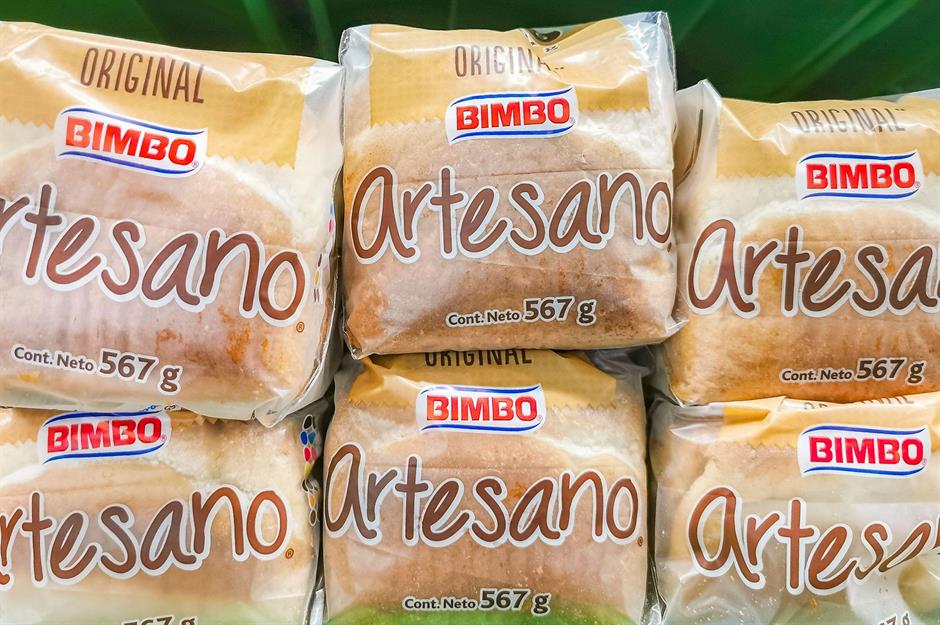
Argentinians are major bread consumers, with the average person eating 159lbs (72kg) annually. Despite the economies of scale this generates, the country's bread prices are comparatively high, especially given Argentina's status as a leading wheat producer.
The country's extreme inflation is a key factor. However, as reported by news site elDiarioAR, the dominant market share of Mexican firm Grupo Bimbo, the world's largest bread company, also contributes. Its market concentration has purportedly reduced competition and driven up retail prices. Last year, Minister of Economy Luis Caputo even cited Bimbo's Artesano loaf as an example of excessive bread pricing.
Italy: $2.11 (£1.67)

Italy is the world's third-biggest exporter of bread and bakery products, but the country of pasta and pizza isn't that big a consumer of bread. At only 90Ibs (41kg), Italy's annual per capita bread consumption is the lowest in Europe bar Romania's.
Modest demand makes for higher prices in Italy compared to other Southern European countries. Plus, increased cost for transportation, ingredients and more have further pushed up bread prices in the country.
Belgium: $2.23 (£1.76)
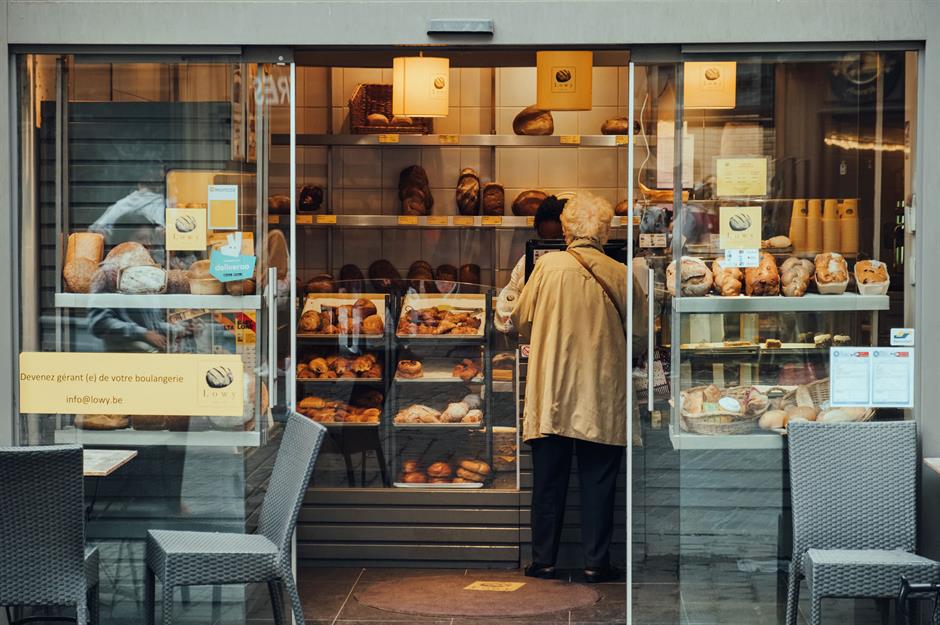
Belgium is also an important bread exporter, and it too has seen prices of the essential mushroom over the past few years, despite its strong position as a bread-trading nation.
With Belgium's bakers hit hard by the economic fallout from the war in Ukraine and other financial pressures, the cost of bread has risen more sharply in the country than in neighbouring nations, according to research from France's IÉSEG School of Management.
Singapore: $2.25 (£1.78)
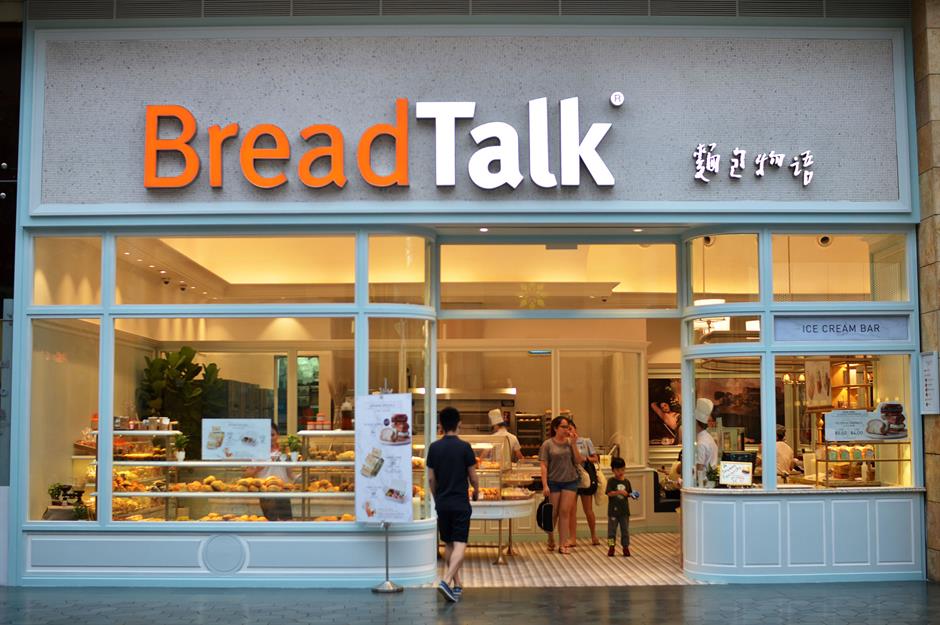
Rice is the primary staple carb in Singapore, which means bread isn't as widely consumed as in other countries. This lower demand makes for higher prices.
Singapore imports the vast majority of the grain it uses and the knock-on effect of the war in Ukraine on international wheat markets has impacted costs. Meanwhile, the rising cost of electricity, rents, labour and other bread-making expenses has made the staple dearer in the city-state in recent years.
Peru: $2.34 (£1.85)
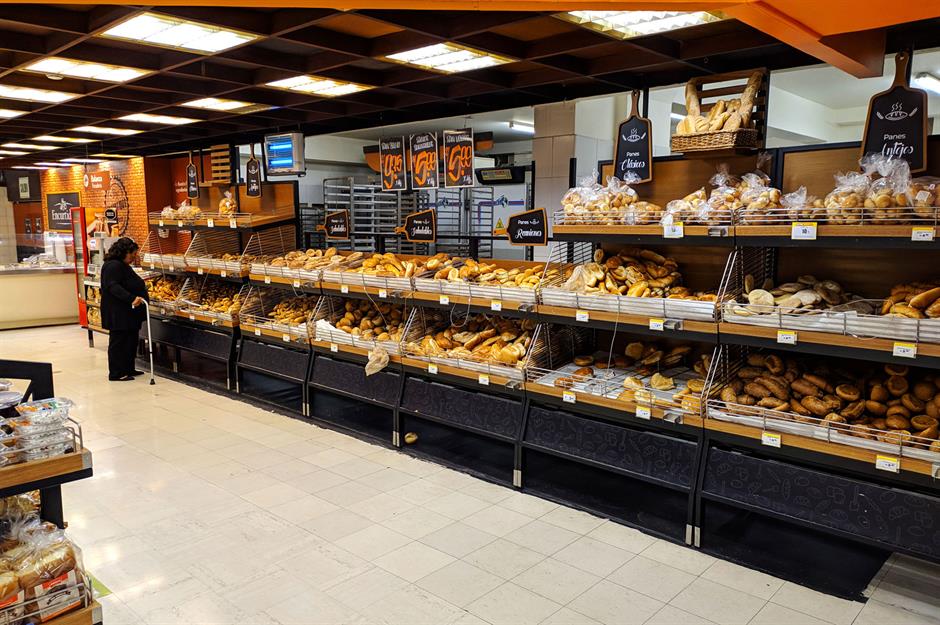
Peru's domestic wheat production is very limited and the grain it does grow is of the soft variety, which isn't suitable for making bread. For this reason, the nation has to import wheat to make bread, which pushes up prices.
Yet this is also the case in Colombia, where bread is significantly cheaper, according to Numbeo. While both countries rely on imports, the overall higher cost of living in Peru contributes to its higher bread prices. On another note, Numbeo data is collated in major cities. In Peru, Grupo Bimbo has a strong market share in Lima and other large metropolitan areas, and its market dominance may go some way towards explaining the average price cited.
Australia: $2.39 (£1.88)

Australia is the world's sixth-biggest wheat producer and a major exporter of the grain. You'd be forgiven for assuming that bread should be relatively cheap in the country. But the cost of a white loaf comes in at a steep $2.39 (£1.88).
The stiff cost of living in Oz adds considerably to the cost of producing a loaf, but the Australia Institute actually attributes it to a lack of competition among retailers. Shockingly, the independent think tank asserts that the country's two main supermarkets, Woolworths and Coles, which dominate the market, have exploited inflation to hike bread prices and boost their profits. In contrast to New Zealand, the duopoly simply doesn't compete in the same way to lower the price of the staple in Australia.
Mexico: $2.41 (£1.90)
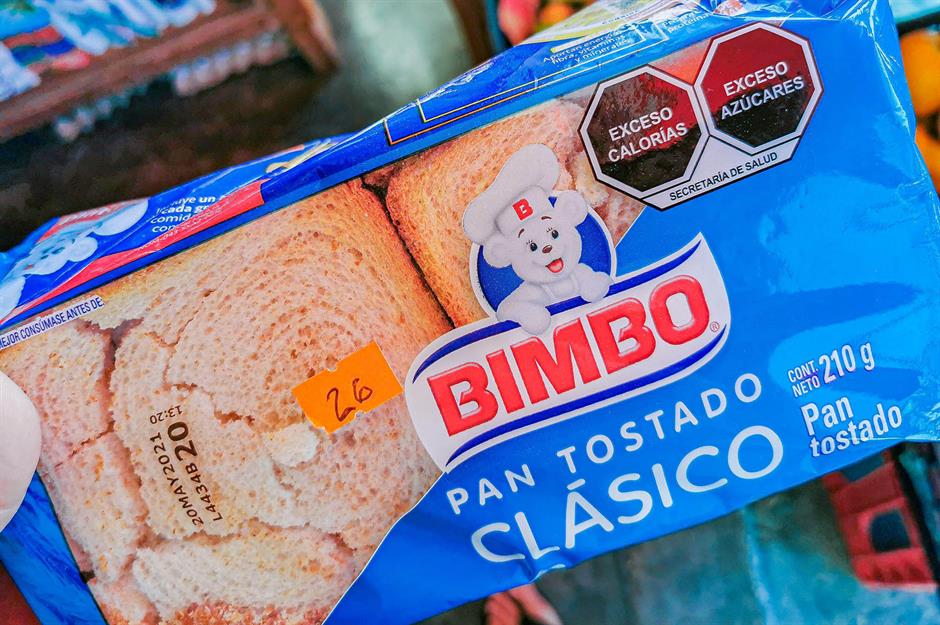
White bread in Mexico is surprisingly expensive, due in part to the country’s reliance on costly wheat imports, primarily from the US. The ongoing war in Ukraine has contributed to higher import expenses, while the rising costs of electricity, labour and other bread ingredients have also impacted prices for loaves in the country.
Then there's the dominance of Mexico's own Grupo Bimbo. The relatively limited competition in the market has allowed for less downward pressure on prices. And while the Mexican government has made efforts to reduce the cost of staples, these initiatives have focused on corn tortillas rather than white wheat bread.
Canada: $2.60 (£2.06)
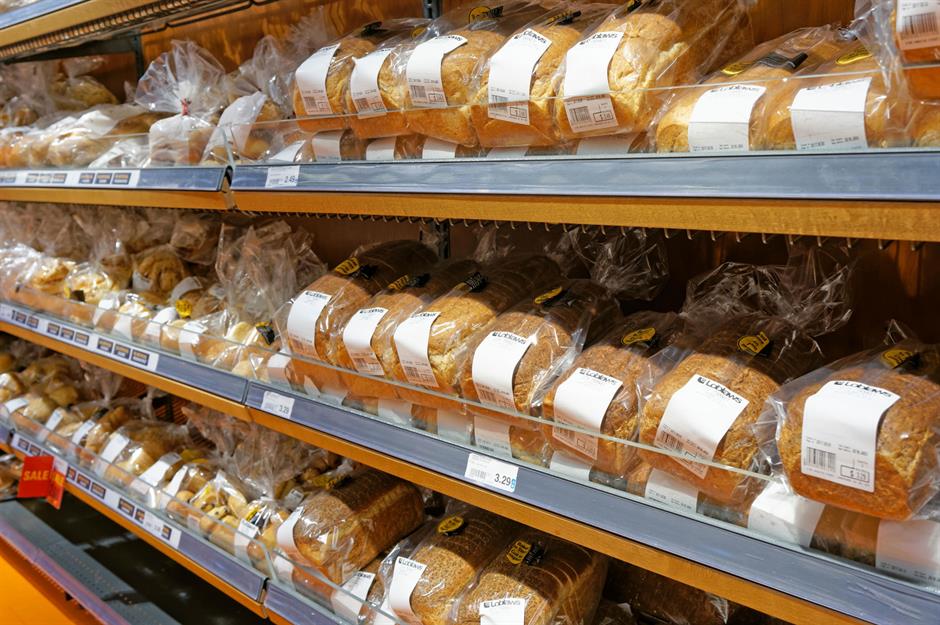
Canada is the world's seventh-biggest wheat producer and the second-largest exporter of bread and bakery products. However, bread prices are high in the Great White North. So, what's going on?
From 2001 to 2015, major Canadian bread producers Canada Bread and Weston, together with retailers including Loblaws and Walmart Canada, colluded to artificially raise bread prices. A major investigation exposed the scheme, leading to admissions, fines and a large settlement. While the blatant price-fixing ended a decade ago, economist D T Cochrane argues that Canada's bread market remains uncompetitive, blaming corporate pricing power and market concentration, as well as a continued lack of transparency.
Austria: $2.65 (£2.09)
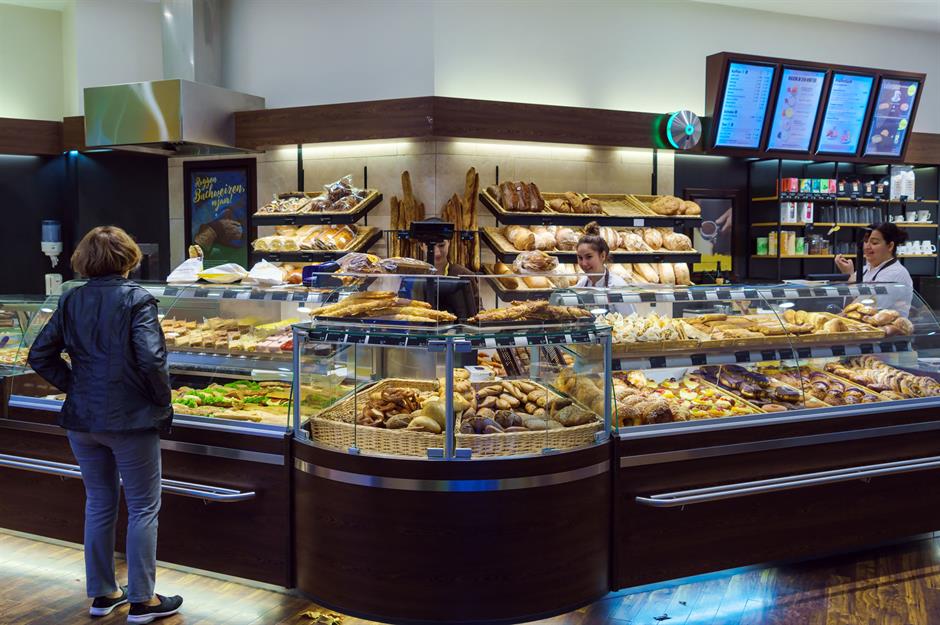
Austrian farmers typically opt to grow corn and beets over grain, so the country imports much of the wheat it requires, as per news site The Local AT. This inflates the price of bread in the country.
Several other factors combine to make a simple white loaf comparatively expensive in Austria. They include muted competition among supermarkets and other food retailers, high labour costs, onerous taxes on bread delivery trucks and burdensome parking charges in major cities like Vienna.
Luxembourg: $2.94 (£2.33)
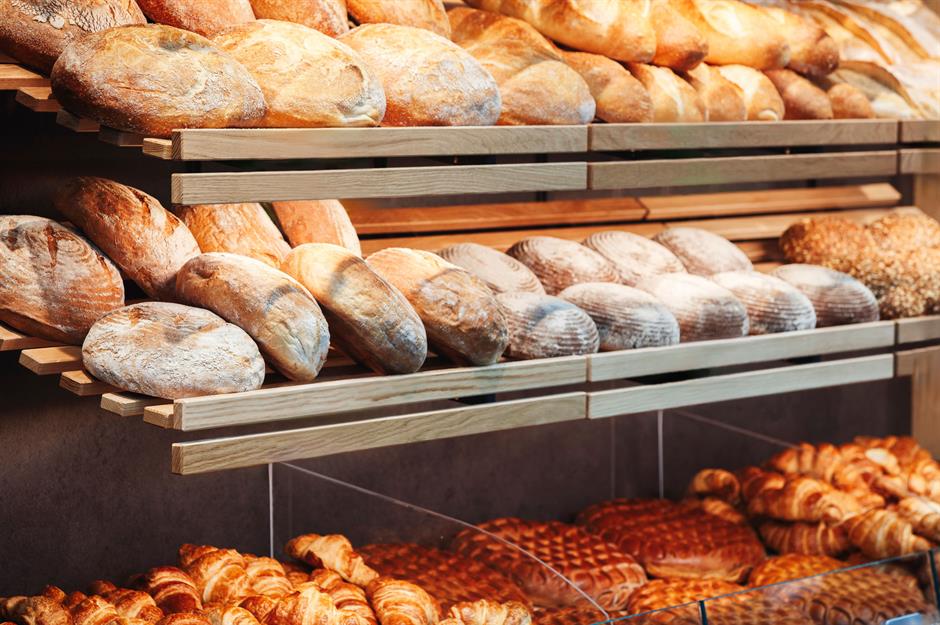
Luxembourg is the richest country in the world, with the highest GDP per capita. The standard of living in the Grand Duchy is extremely elevated – as are labour, rents and just about everything else. It's no surprise that groceries, including bread, are expensive in the tiny nation.
Affordability is clearly not an issue for the well-heeled residents of Luxembourg, though, who have impressive purchasing power. They consumed 38% more in goods and services than the EU average in 2022 and, as the Luxembourg Times has pointed out, can afford “bread, circuses and so much more".
Norway: $3.01 (£2.38)

Norway is up to 75% self-sufficient in wheat for human consumption in years with good harvests, so it usually isn't reliant on imports to make its white bread. But the cost of a regular loaf comes in at a pricey $3.01 (£2.38) on average in the Nordic nation.
Norway's high bread prices are reflective of its general cost of living. Generous wages, steep land costs and high energy prices contribute to its expensive groceries, while limited supermarket competition further influences the high price of bread in the country.
Denmark: $3.10 (£2.45)
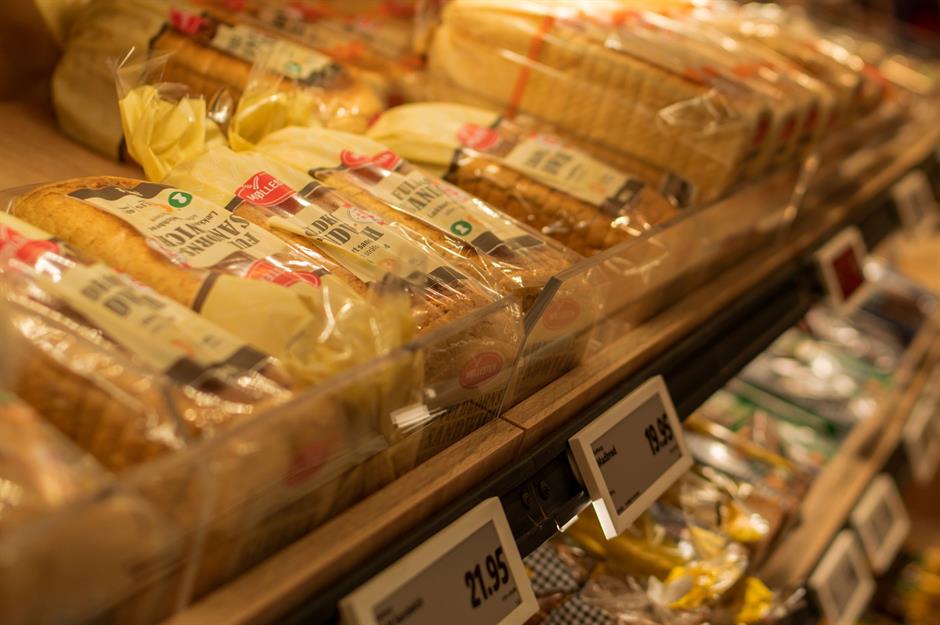
At 154 lbs (70kg) a year, Denmark's per capita bread consumption is among the highest in Europe, which should make for lower prices. But the wheat grown in the country is unsuitable for making bread due to its high starch content, so Denmark has to import grain to produce the staple, which drives up prices.
Plus, like Norway, Denmark has very high living standards. This adds significantly to food production costs. When you factor in the cost of imported wheat labour, energy and other bread inputs, it's no surprise the basic is comparatively expensive in the country.
Switzerland: $3.36 (£2.66)
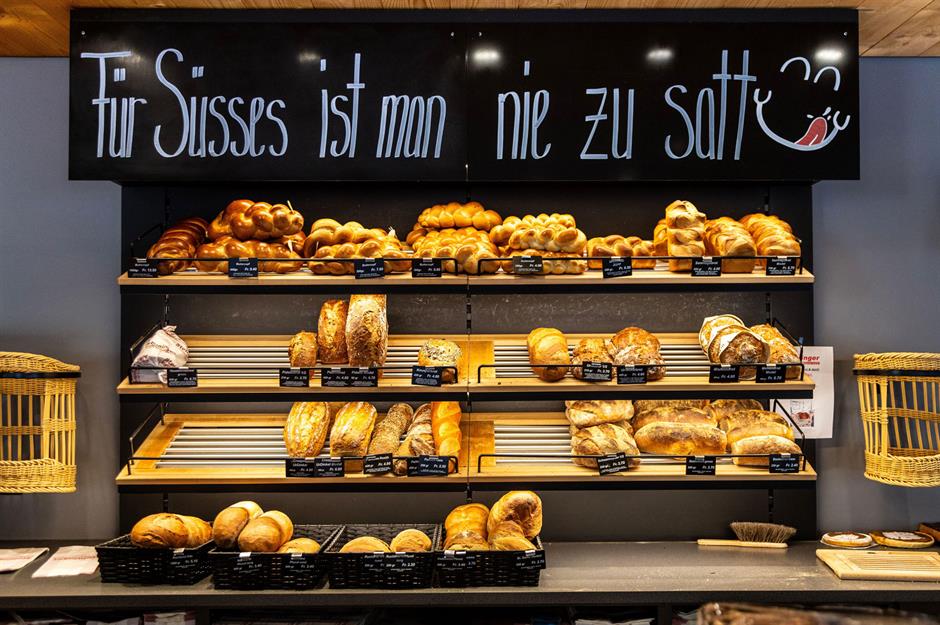
Switzerland also has to import wheat for bread-making due to its relative lack of arable land and high population density. Imports have been ramped up in recent months following last summer's poor wheat harvest, which was hampered by cool, wet weather during the spring.
This combined with the nation's famously high living standards and elevated costs in terms of labour, energy and so on – as well as a lack of competition in the retail sector – means bread is priced at a premium, with the typical white loaf coming in at $3.36 (£2.66).
USA: $3.62 (£2.87)
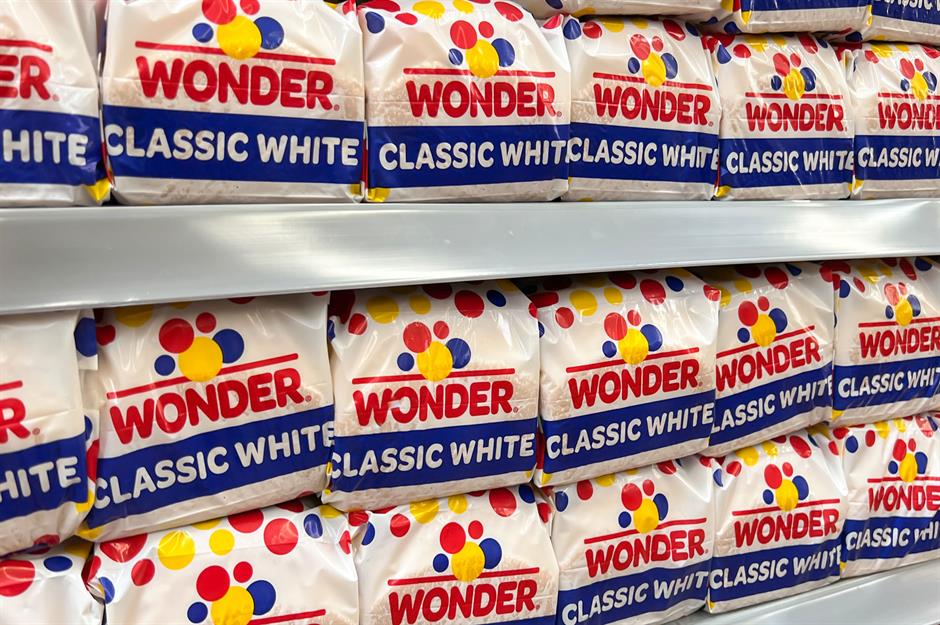
Astonishingly, a loaf of regular white bread costs more on average in the US than any other country, according to Numbeo. Americans pay inflated prices for the essential, given the US is the fourth-biggest wheat producer and bakes the most bread in the world. Abundant domestic production and vast economies of scale should translate to lower prices, but they don't.
Competition-thwarting market concentration and the focus of large bread manufacturers on maximising profits may be the underlying causes. According to UK newspaper The Guardian, the US bread industry is heavily monopolised. Much of the market is controlled by Grupo Bimbo, which owns Sara Lee, Arnold, Mrs Baird's Bread and many more baked goods brands. The other big player is Flowers Foods, the parent of America's leading bread brand Nature's Own, as well as Wonder and Home Pride, to name but a few.
Now discover the world’s most expensive countries to live in 2025
Comments
Do you want to comment on this article? You need to be signed in for this feature